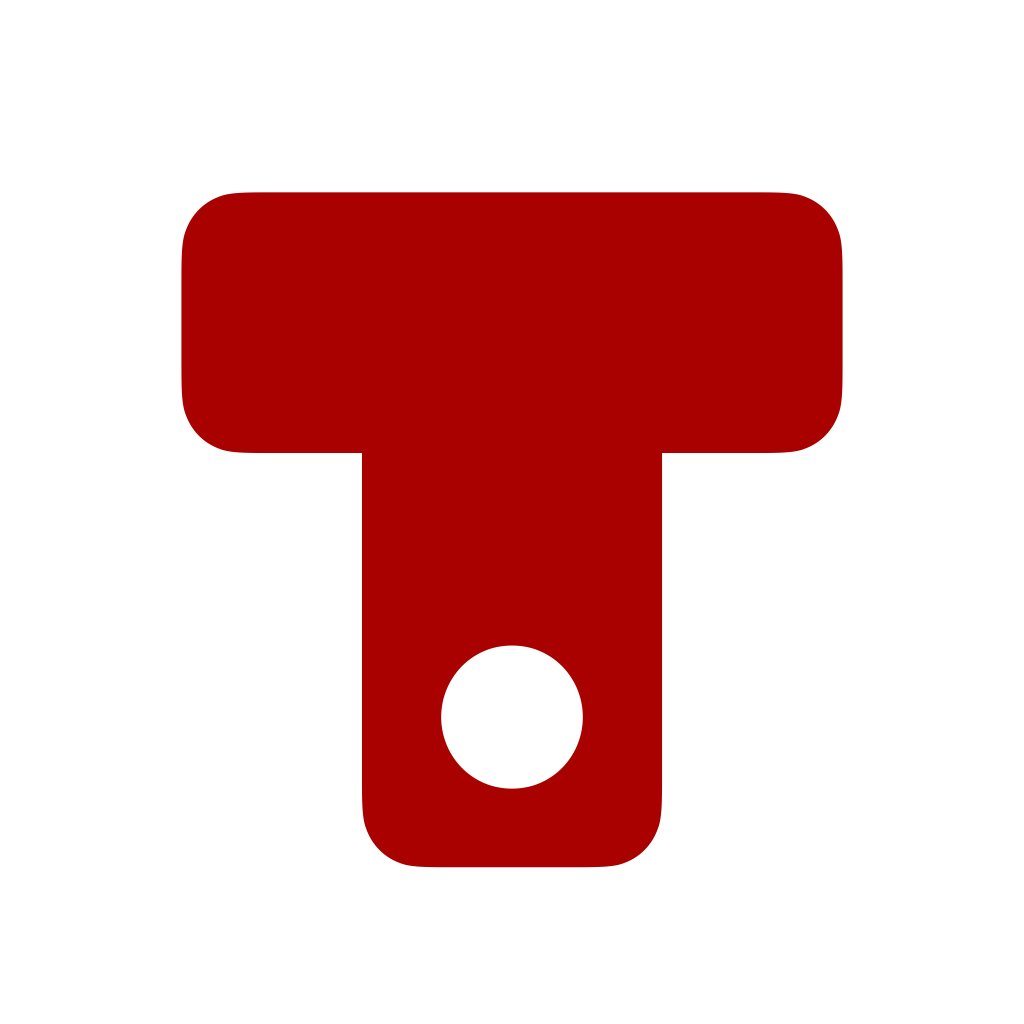Do you want to develop correctly a scene for your screenplay? In a screenplay, the role of a scene is to move the story to the next step, to bring it forward. In brief, each scene should have a beginning, a middle and an end. The logic is very much the same to the way we design a scenario, just applied at a lower scale. Segmentation is key to reduce the errors, control the flow and trim the sequence at the right moment for the most effective effect. We assign a tag to each event, so that we are able to weight the importance oof the step and, if necessary, we remove it or add further details. The scene must be freed from unnecessary details or events and it should be maximum three pages long, or even shorter (on a movie script, one page equals one minute on the screen). For example if the sequence is about a someone driving the car, and the major change to the story will occur in the car, we will not include the character walking to the car, opening the door, turning the engine on, etc. Do not use terminology difficult to follow, describe what the audience will see, avoiding obvious information that can be inferred from the screen. Each scene should be built having a goal in mind. How this scene will affect the development of the story? Start building a collection of events that need to be included in the scene. Arrange them according to the story. Then remove the head of the collection so that the audience enters the scene when it is already started. Apply the same logic to the tail of the collection, having the goal of exiting the scene as soon as the goal has been achieved. A sequence is a collection of closely-related scenes, with a beginning a middle and an end. Each sequence should match your idea of major key points in a scenario. There are many approaches to how to subdivide a script starting from Aristotle and his three-act structure (setup, confrontation and resolution). Use the one that fits you the most. Consider that the length of a sequences should never be more than 15 pages (or minutes). When writing a story, each element (event, subplot, sequence, scenario) should always be based on the same logic structure: You can subdivide each section in further points or adopt another popular structure: the 4-act structure (setup, rising action, crisis and resolution). The important thing to remember is that you do not introduce an element without knowing exactly its purpose. TwelvePoint provides several tools to help you moving a scene in the right direction. You can also find this episode and more on Spotify Remember that you can always reach us via e-mail or on social networks: 𝕏, Instagram.How to correctly design a scene in a screenplay?
In this blog we will discuss few suggestions that will make your life much easier when writing a scenario. Let's consider the following points...
Segmentation
Minimalism
Clarity
Trimming
Sequences
In few words
Working with TwelvePoint
Learn more about TwelvePoint features
Start Writing
(Intel, Silicon)
-50% (~€25)
(iPhone, iPad, Vision Pro)
Our community
We constantly update TwelvePoint to provide you with state-of-the-art screenwriting software. The feedback from our community is considered when developing new functionalities or removing those that are not needed anymore.
